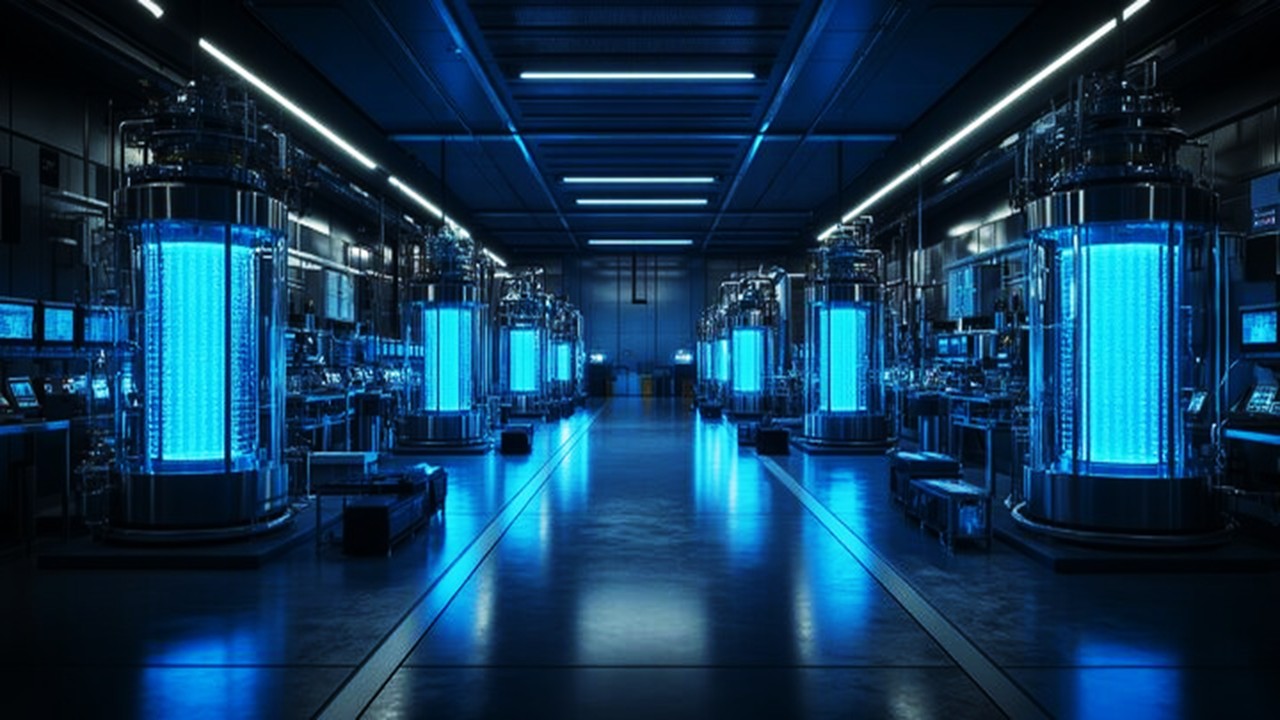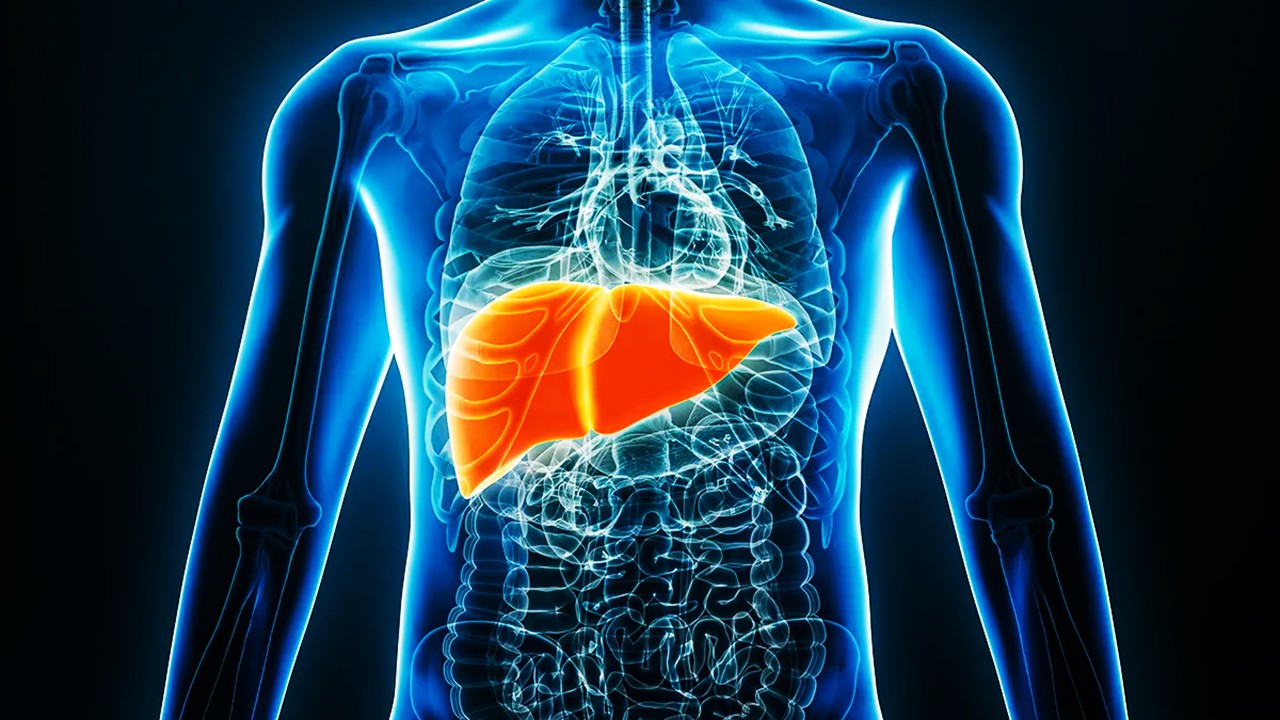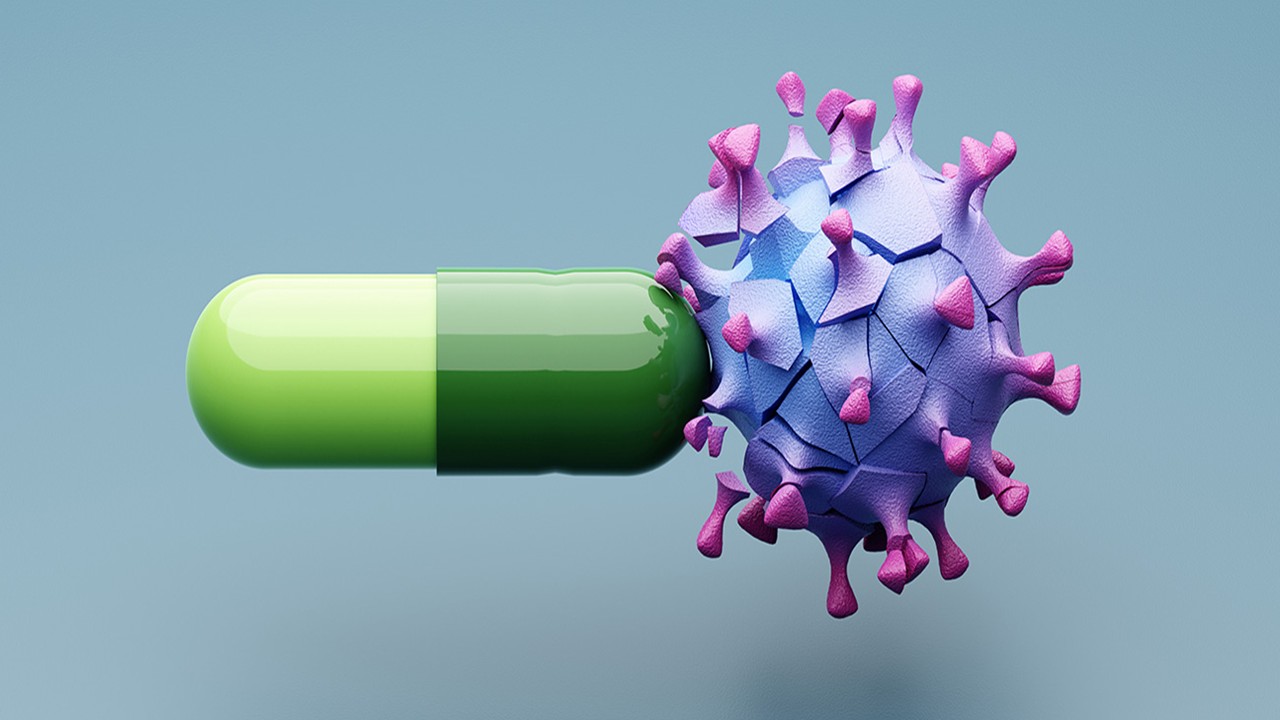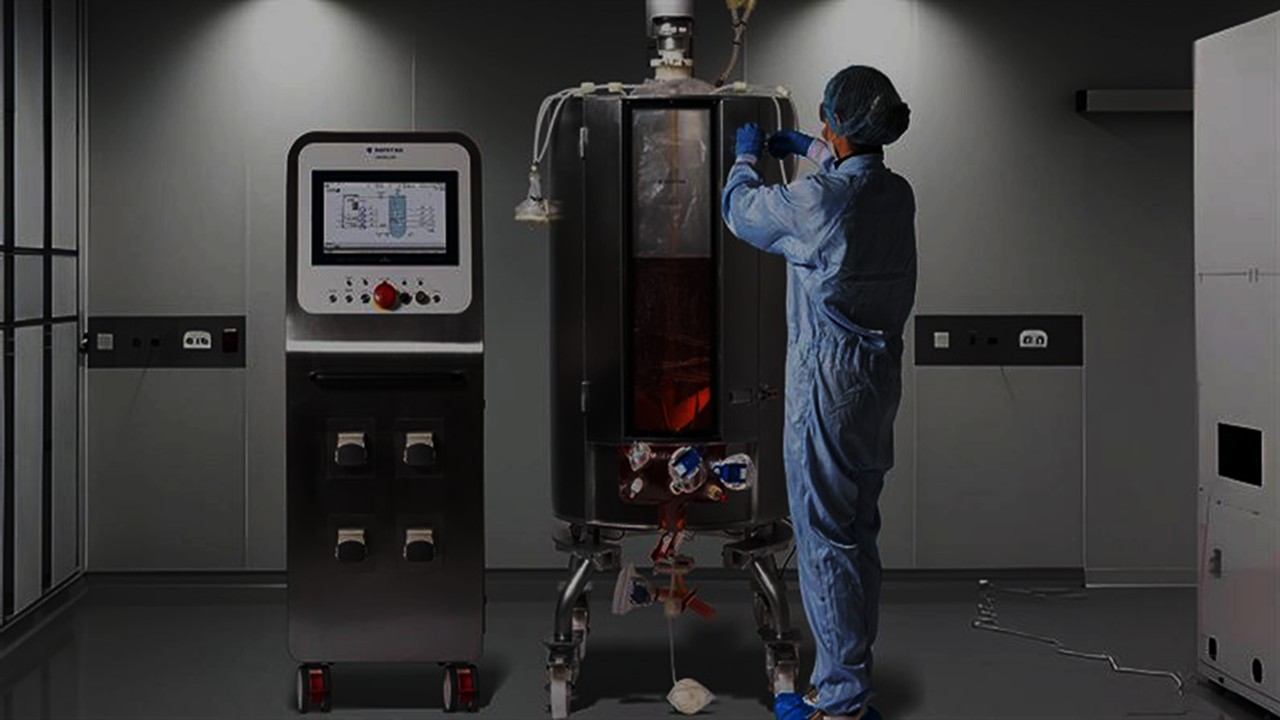Engineering Granules: From Intuition to Design
Granulation has long stood as a cornerstone of pharmaceutical manufacturing, but for decades it lingered in a grey zone between craftsmanship and control. The fluidized bed, a marvel of thermodynamic ingenuity, introduced a new way to manipulate powders, yet its optimization often relied on empirical guesswork. This ambiguity was not for lack of effort; rather, it reflected the complexity of solid-state transformations occurring in real time across micron-scale interactions. But with the introduction of Quality by Design (QbD), granulation began a slow but seismic shift—one that demanded that every spray, swirl, and particle collision be mapped, justified, and governed by first principles. Suddenly, granulation wasn’t a series of setpoints on a dryer—it was a multidimensional design space encoded in process knowledge.
The transition to QbD reframed the entire development lifecycle. No longer were formulation scientists simply adjusting binders to achieve target tablet hardness; they were dissecting critical material attributes (CMAs) and linking them with critical process parameters (CPPs) through design-of-experiments (DoE) frameworks. This meant understanding not only what worked, but why it worked, and where it could fail under subtle shifts in excipient morphology or humidity. Granulation became a problem in systems engineering: every fluidized bed trial a chance to decode the physical chemistry at play between active pharmaceutical ingredients (APIs), binders, and process variables. Within this paradigm, the goal wasn’t just consistency—it was deep process understanding that could be transferred across scales, from lab benchtops to full commercial lines.
In developing a fluidized bed granulation process for two APIs, the constraints and opportunities doubled. Co-processing required harmonizing two different sets of physical properties—solubilities, hygroscopicities, morphologies—into one granule architecture without compromising either drug’s release kinetics or stability. A QbD framework allowed for a structured exploration of formulation options, using factorial designs to isolate interaction effects and build predictive models of granule quality. The shift from univariate tweaking to multivariate control transformed granulation into an information-rich field—one where every batch fed into an expanding dataset of mechanistic insight. And with such insight came a more strategic approach to risk: not merely reacting to failed batches, but designing processes where failure modes were understood and prevented by design.
The two-API model also introduced an often-overlooked complexity: the spatial distribution of actives within granules. Achieving uniform content per granule became non-trivial when APIs differed in surface energy or wettability, since one might preferentially coat the surface while the other remained embedded. The granulation process itself thus became a vector for controlling not just particle size distribution, but also drug loading homogeneity at the microstructural level. Here, QbD was indispensable—not as a checklist of regulatory boxes, but as a scientific lens for examining each granule as a product of controlled chaos. What emerged was a manufacturing philosophy rooted in precision, prediction, and process intelligence.
The Physics of the Fluidized Bed: A Balancing Act in Motion
At the heart of fluidized bed granulation lies a paradox: to control particles, one must first allow them to behave as a fluid. Fluidization—a state where gas velocity suspends solid particles into a pseudo-liquid state—creates the perfect environment for agglomeration, heat transfer, and mass diffusion. Yet, achieving and maintaining this state requires an exquisite balance of airflow, temperature, and spray rate. Too little air and the bed deflates; too much and it erupts into turbulent defragmentation. What looks like a stable process from the outside is, internally, a dynamic ballet of thousands of micro-interactions per second—each contributing to the fate of the final dosage form.
When two APIs with distinct physicochemical traits are granulated together, the challenge multiplies. Particle densities, shapes, and surface charges influence how the materials fluidize and how the binder spray interacts with them. One API might absorb moisture faster, leading to premature agglomeration, while the other resists wetting and delays granule growth. Without understanding these interactions at a granular—almost molecular—level, formulation scientists risk producing granules with inconsistent structure, flow, or compressibility. The fluidized bed becomes not just a reactor, but a real-time laboratory for the physics of particle cohesion.
Thermal management in fluidized beds is another silent complication. APIs can be thermolabile, and even a modest rise in inlet temperature can induce degradation if the spray zone isn’t perfectly controlled. The system’s airflow must do double duty: suspend the particles and strip away excess heat and moisture, all while avoiding hotspots or non-uniform drying. This is where the marriage of process analytical technologies (PAT) and QbD becomes indispensable. Monitoring and mapping the thermal profile of the bed is no longer a luxury—it’s a requirement for maintaining API integrity.
The geometry of the bed chamber itself—its height, diameter, and internal baffling—can influence particle trajectories and spray penetration depth. Fluid dynamics simulations have shown how even minor changes in nozzle angle or atomization pressure can shift the granule growth zone, changing the kinetics of binder-solid interaction. These parameters must be optimized not in isolation, but with a systems-level mindset, integrating feedback from mechanical engineering, thermodynamics, and pharmaceutical formulation science. In the context of dual-API granulation, this systems approach becomes the only viable path to robust scale-up.
All of this converges into one guiding principle: a fluidized bed is only as intelligent as the data it’s fed and the models that interpret it. This makes the integration of real-time monitoring not just helpful, but foundational. The next frontier lies not in making granulation faster or cheaper, but in making it smarter—capable of adjusting itself based on actual process signatures rather than fixed setpoints. That, in turn, demands a new kind of sensing.
Near-Infrared Spectroscopy: Seeing Granules in Real Time
Near-infrared (NIR) spectroscopy offers a gateway into the soul of the granule—without breaking it open. Unlike traditional sampling techniques, which require offline analysis and time delays, NIR enables in-line, non-destructive monitoring of critical quality attributes like moisture content, granule size, and even API distribution. Its power lies in the interaction between near-infrared light and molecular bonds, especially those involving hydrogen, carbon, and oxygen—core constituents of most organic pharmaceuticals. When NIR radiation is directed at a moving bed of particles, reflected light carries signatures of their physical and chemical states. With appropriate chemometric models, these signatures translate into real-time insight.
In dual-API granulation, where formulation dynamics are especially volatile, NIR becomes more than a monitoring tool—it becomes a process stabilizer. By embedding NIR probes directly into the granulator wall or fluidised bed dome, data can be acquired at multiple time points during granulation. This allows operators to track moisture kinetics, granule growth, and binder distribution as the process unfolds. Instead of waiting for a batch to finish and then discovering deviations, manufacturers can intervene mid-process, adjusting airflow, spray rate, or temperature based on NIR feedback. This closes the loop between sensing and control, ushering in an era of adaptive manufacturing.
Building reliable NIR models, however, is no trivial task. Spectral data from fluidised beds are notoriously noisy due to particle motion, variable optical paths, and ambient light interference. The key lies in robust pre-processing algorithms—scatter correction, baseline normalization, and derivative transformations—paired with chemometric techniques like partial least squares regression (PLSR) or principal component analysis (PCA). These models must be trained on representative spectra across the full design space: multiple batches, variable process settings, and divergent material lots. The end goal is not just prediction accuracy, but model resilience—an ability to generalize across uncertainty.
The physical placement of the probe also affects spectral fidelity. In a swirling particle cloud, angle of incidence, distance from the particle stream, and even coating buildup on the probe window can skew readings. Engineers must therefore pair NIR expertise with fluid mechanics intuition, identifying optimal probe positions that maximize signal-to-noise ratio while minimizing fouling. Some systems even integrate automated probe-cleaning functions or dynamic referencing systems to recalibrate on the fly. In this context, NIR monitoring is not a bolt-on accessory—it is a fully integrated component of the process control architecture.
Ultimately, the value of NIR is not just in the data, but in the narrative it builds. Each spectral curve becomes a timestamped snapshot of the granule’s journey—its moisture uptake, its binder interaction, its internal structuring. These data streams feed into QbD databases, enriching the design space with real-time process trajectories. Over time, this allows manufacturers to move from empirical trial-and-error to predictive manufacturing—a shift that elevates granulation from mechanical art to information science.
Designing with Uncertainty: Statistical Thinking in QbD
In pharmaceutical development, variability is not a nuisance—it’s a constraint to be engineered around. The QbD paradigm insists on confronting uncertainty head-on, transforming it into a quantifiable parameter that can be tamed through statistical rigor. At its heart lies the design space: a multidimensional map of how critical process parameters influence critical quality attributes, defined not by guesswork but by structured experimentation. Here, tools like factorial designs, response surface methodology, and Monte Carlo simulations become the scientist’s scalpel, slicing through complexity to reveal robust operational zones. It is through these tools that the chaos of fluidized bed granulation is reshaped into something mathematically navigable.
Each parameter—spray rate, binder concentration, inlet temperature—has a role to play in the performance of a granule, but their effects are rarely independent. Statistical modeling uncovers interactions that aren’t obvious at face value: how high airflow might mask the effect of a fast spray rate, or how one API’s solubility might exacerbate another’s tendency to agglomerate. These aren’t linear relationships; they bend and twist through the design space, requiring second-order models to capture their nuance. The aim is not to eliminate noise but to understand how it behaves—and to fence it in with control strategies that withstand normal fluctuations in raw materials and environment. Granulation becomes a game of probabilities, where confidence intervals replace absolutes and resilience is baked into the process.
Statistical thinking also enhances the integration of NIR analytics. Chemometric models don’t live in isolation—they depend on the quality of the data used to train them. Ensuring that spectral data represent the full variability of the process is essential to avoid overfitting and false confidence. This requires deliberate experimental design: choosing sampling points across the entire parameter space, including edge cases that stress the system. The QbD mindset aligns naturally with this approach, encouraging development teams to explore failure modes rather than avoid them. In doing so, it fortifies predictive models with data from the boundaries, not just the center.
The concept of a control strategy emerges from this statistical scaffold. Defined within the validated design space, it prescribes how processes should respond to perturbations: when to adjust spray rate, how to ramp down temperature, or when to halt entirely. Control strategies are no longer operator intuition or tribal knowledge—they are codified responses grounded in model behavior and real-time feedback. As these strategies are linked to NIR signals, the process itself gains a quasi-intelligence: not just sensing problems but executing corrections in milliseconds. What used to be post-mortem batch investigations are now preemptive, in-process adaptations.
At a broader level, this statistical approach reshapes how pharmaceutical organizations think about risk. Quality is no longer ensured by end-product testing but designed into the process from inception. Variability, once the enemy, becomes a parameter like any other—measured, mapped, and mitigated. In a field where patient safety and regulatory compliance are non-negotiable, this represents a profound shift. It marks the evolution of manufacturing from static compliance to dynamic understanding, where every granule tells a statistically coherent story of its own creation.
Harmonizing APIs: When Two Actives Share a Granule
Co-granulating two APIs is not a simple matter of co-location—it is a collision of distinct molecular personalities. Each API arrives with its own physical demands: crystalline form, particle size, hygroscopic tendency, solubility profile. These traits influence not only how each compound behaves during granulation but how they interact with each other under shared process conditions. In a fluidized bed, where particles are constantly jostled, wetted, dried, and agglomerated, the interaction between two actives can result in complex spatial and structural outcomes—some desirable, others not. The science lies in aligning these behaviors within a formulation matrix that mediates their differences.
One of the first challenges is binder affinity. If one API binds preferentially, it may dominate the surface of granules, leaving the other buried or unevenly distributed. This impacts not only dose uniformity but potentially dissolution rate and bioavailability. By tailoring the binder composition and atomization profile, formulators can modulate these surface interactions—effectively scripting how APIs are layered during granule growth. The goal isn’t always homogeneity; in some cases, intentional spatial segregation within the granule can provide modified-release profiles. But to engineer such outcomes, one must first understand how APIs behave under stress—and how their personalities manifest under the kinetic pressures of the bed.
Thermal compatibility is another point of friction. Two APIs may share a formulation but not a temperature range; one may degrade just as the other requires elevated drying to achieve structural stability. This tension must be resolved through careful process window definition, often requiring dual-target optimization. It is here that DoE and thermal mapping converge: predicting not just the mean drying curve but the extremes—those few zones within the bed where temperature or moisture may spike. Only through NIR feedback and thermal probes can the process navigate this narrow safe zone in real time.
Hygroscopic APIs further complicate moisture control. As granules grow, their internal microenvironments can diverge—one half absorbing water rapidly while the other resists penetration. This can cause stress fractures within granules or uneven drying, leading to friability or capping in tablets. Mitigating this requires more than adjusting the fluidized bed settings; it requires re-engineering particle surface properties through co-processing, micronization, or API pre-treatment. Each modification cascades downstream, affecting granule morphology, compression behavior, and ultimately therapeutic performance.
Perhaps most critically, co-granulation affects dissolution kinetics. In dual-drug products, synchronized or staggered release profiles must often be achieved from a single granule matrix. This is a formulation challenge disguised as a process challenge; the granule is not just a delivery vehicle but a temporal architecture. Its porosity, internal structure, and polymeric matrix dictate how fluids infiltrate and release each API. By mastering the science of granule architecture, developers can choreograph how actives emerge in vivo—transforming a batch process into a controlled pharmacokinetic signature.
Granulation as a Digital Twin: Modeling the Invisible Process
Granulation, for all its mechanical intensity, often hides its most crucial decisions in moments invisible to the naked eye. The dynamic interplay of particle wetting, coalescence, drying, and densification occurs across milliseconds and microns—far beyond the resolution of traditional monitoring. To navigate this terrain, scientists are now building digital twins: computational surrogates of the granulation process that simulate real-world behavior under variable conditions. These models do not replace experimentation but amplify it—offering a risk-free sandbox to explore what-if scenarios, parameter sweeps, and rare edge cases. With every virtual batch, the digital twin refines its understanding of how inputs flow into outputs, not statistically but mechanistically.
The construction of a digital twin begins with physics-informed modeling. Granule nucleation and growth are governed by mass transfer, fluid dynamics, and thermodynamic laws that can be encoded into differential equations. These equations, when coupled with discrete element modeling (DEM) and computational fluid dynamics (CFD), simulate the evolution of individual granules within a fluidized environment. Each particle becomes an agent in a complex system, subject to forces of drag, collision, cohesion, and heat transfer. These simulations, though computationally demanding, offer a window into how formulation and process variables interact to shape granule morphology and internal structure.
A particularly powerful application of the digital twin is in understanding failure modes. By running thousands of virtual granulations across varying conditions, scientists can identify regions in the design space where granule attrition, overgrowth, or segregation becomes likely. These simulations help define not just optimal settings but the boundaries of acceptable performance—the process robustness landscape. Instead of relying solely on lab-scale trials, developers can use the twin to test scale-up scenarios, assess equipment tolerances, and anticipate the effect of raw material variability. This dramatically shortens development cycles and reduces the risk of surprises during commercial transfer.
Real-time data streams from NIR and other process analytical tools can also be fed back into the twin, transforming it into a living model that adapts and corrects itself. This integration forms the basis of hybrid models—where empirical data refine mechanistic predictions, and simulations suggest optimal control actions. Over time, the twin becomes more than a simulation—it becomes a predictive companion to the real process, evolving alongside it. When coupled with machine learning algorithms, it can detect subtle drifts in performance and recommend preventive adjustments, creating a feedback loop of continuous improvement.
The philosophical shift here is profound: from controlling a process based on observation to steering it through simulation. The digital twin is not just a tool for troubleshooting—it’s a strategy for understanding the underlying physics of granulation in full. It gives scientists the ability to visualize what was once opaque: the internal topology of granules, the fluid motion of particles, the thermal gradients that define stability. As pharmaceutical manufacturing enters the era of Industry 4.0, the digital twin stands as its central nervous system—merging computation, chemistry, and control into a unified vision of precision granulation.
The Art of Binder Selection: Chemistry Beneath the Surface
In fluidized bed granulation, the binder is not just a sticky solution—it is a chemical mediator that choreographs the assembly of dry powders into coherent granules. Its job is deceptively complex: to wet without overwetting, to bind without hardening, to distribute without migrating. Selecting the right binder for a dual-API formulation is a chemical balancing act that requires understanding solubility, viscosity, polymer interaction, and evaporation kinetics at a level most textbooks skim past. It is here that the invisible chemistry beneath the granulation process takes center stage, revealing itself as both enabler and limiter of process performance.
The first challenge is compatibility. Each API may interact differently with the binder solution, depending on its surface energy, pKa, and hydrophilicity. One may dissolve partially in the binder, risking polymorphic transformation or uncontrolled migration; the other may repel the binder, leading to poor adhesion and friability. This makes binary compatibility studies essential, involving rheology testing, surface tension measurement, and wetting behavior analysis. The binder must be designed not just to hold particles together, but to do so in a chemically neutral way—preserving the identity and stability of each active compound.
Viscosity is the next lever. A binder too thick leads to nozzle clogging and uneven spray distribution; too thin, and it runs off before sufficient adhesion occurs. But viscosity is not static—it changes with temperature, shear rate, and time, especially in polymers like HPMC, PVP, or PEG derivatives. Granulation scientists must not only select the binder but also its concentration, solvent system, and processing temperature to create a droplet that atomizes consistently and dries predictably. Every spray is a controlled act of deposition chemistry, where the droplet’s internal dynamics govern whether it forms a bridge or a blotch.
Then comes the drying phase, where binder performance continues to influence granule morphology. As solvent evaporates, binder polymers may migrate to the granule surface or remain within the pore structure, depending on their molecular weight and affinity for other ingredients. This migration affects not just mechanical strength but also tablet disintegration and dissolution profiles. A poor drying profile can lead to granule shell formation, where a hardened surface traps residual moisture inside—raising the risk of long-term instability or microbial growth. Binder chemistry, in this sense, becomes a gatekeeper of granule integrity.
Finally, binders can have long-term pharmacotechnical consequences. Certain polymers may interact with downstream excipients or APIs, forming hydrogen bonds or hydrophobic domains that alter compression behavior or drug release. In moisture-sensitive APIs, some binders may act as plasticizers, accelerating degradation unless stabilized with antioxidants or desiccants. This complexity places binder selection at the intersection of formulation science, physical chemistry, and process engineering. And because every granule begins as a droplet on contact, the binder is the first—and often most decisive—chemical actor in the drama of granulation.
Process Validation in a Post-QbD World
The traditional concept of process validation—three batches run, tested, and locked—feels increasingly anachronistic in the world shaped by QbD. Where once validation was an endpoint, it is now a milestone in a broader continuum of learning. The regulatory landscape has shifted in tandem, recognizing that understanding and control, not repetition, are the hallmarks of a robust process. In fluidized bed granulation, this shift is particularly impactful. The sheer complexity of the process—multiphase flow, heat transfer, binder dynamics—makes static validation both insufficient and intellectually dishonest.
In a post-QbD framework, validation begins with deep process characterization. This isn’t just running batches under different conditions; it’s mapping every relevant input to every critical output with a deliberate experimental architecture. These maps reveal where the process is most fragile, most tolerant, and most non-linear. In a two-API system, such analysis is indispensable: the interactions between actives, excipients, and process variables multiply the degrees of uncertainty. Validation is no longer about showing that the process works—it’s about showing that we understand why it works, and under what conditions it might not.
Continued process verification (CPV) becomes the operational philosophy. Data from every batch is collected, trended, and compared to the design space established during development. Deviations are not red flags—they are data points, opportunities to revisit the model and refine its predictions. This is where NIR and other PAT tools demonstrate their real value—not in acute problem detection, but in chronic drift monitoring. By embedding real-time analytics into routine manufacturing, the line between development and production blurs, and validation becomes an evolving contract between understanding and execution.
This dynamic approach to validation also transforms the role of the manufacturing floor. Operators are no longer passive executors of SOPs but active participants in a data-driven control system. When a process begins to deviate, they don’t just escalate—they interpret, adjust, and document. Their intuition, informed by live NIR trends and control dashboards, becomes a crucial part of the quality system. In many ways, this represents a return to the artisanal roots of granulation—but now guided by algorithms, sensors, and digital twins.
Ultimately, process validation in this context is not about checking a box—it’s about building trust. Trust that the process will perform as expected across shifts, seasons, and suppliers. Trust that when something changes, we’ll know why. And trust that the patient, who swallows the final tablet, receives exactly what science and engineering intended. In this new world, validation is not a seal—it’s a signature, etched in data, precision, and relentless curiosity.
Toward Autonomous Granulation: The Next Industrial Leap
With the foundation of QbD, NIR, and digital twins firmly in place, the granulation process stands on the cusp of autonomy. The vision is no longer hypothetical: fully closed-loop granulators that adjust their own parameters in real time, optimizing output with minimal human intervention. This is not automation as we’ve known it—programmable logic and pre-set recipes—but autonomy driven by machine learning, adaptive feedback, and predictive modeling. In this new paradigm, granulation becomes a cyber-physical system—a fusion of hardware, software, and molecular science orchestrating a symphony of particles.
The journey begins with sensor fusion. Single-point NIR data, while valuable, can be enriched by combining with humidity sensors, particle vision systems, and even acoustic monitors that pick up the sonic profile of a fluidized bed. These multi-modal data streams allow machine learning models to form holistic, contextual representations of process state—far beyond what any human operator can parse. The machine doesn’t just see granules; it sees patterns, trends, and deviations in data space. Over time, it learns how to respond—faster than human reflexes, and without the emotional inertia of decision fatigue.
Autonomous granulation systems also benefit from model-predictive control (MPC). Here, the system forecasts future process trajectories based on current inputs and adjusts settings to optimize an objective function—whether granule size, moisture profile, or tablet hardness downstream. This predictive capability allows for smoother process dynamics, reduced batch failure risk, and tighter product specifications. In dual-API systems, it also offers the precision needed to manage competing dissolution targets or stability windows without manual intervention. Autonomy here is not an engineering trick—it is a systems solution to multi-constraint optimization.
With great autonomy, however, comes the need for interpretability. Regulators and quality units will not accept black-box decision-making, especially in the manufacture of life-saving drugs. Explainable AI (XAI) becomes critical: models must not only be accurate but transparent, able to show why a particular adjustment was made, what data supported it, and how risk was assessed. This is not only a regulatory demand—it is a scientific imperative. Autonomy cannot mean abdication of responsibility; it must represent an augmentation of insight, where machines think with us, not instead of us.
As these systems mature, the role of the granulation scientist evolves yet again. No longer process operators, they become system architects—designing the algorithms, feedback loops, and fail-safes that define the behavior of autonomous platforms. Their skillset must blend physical chemistry with data science, mechanical engineering with control theory. In this convergence lies the future of pharmaceutical manufacturing: agile, intelligent, and profoundly human in its pursuit of therapeutic precision. The machines may run the beds, but it is human intent, encoded in every line of logic, that keeps the granules honest.
Engr. Dex Marco Tiu Guibelondo, B.Sc. Pharm, R.Ph., B.Sc. CpE
Editor-in-Chief, PharmaFEATURES

Subscribe
to get our
LATEST NEWS
Related Posts
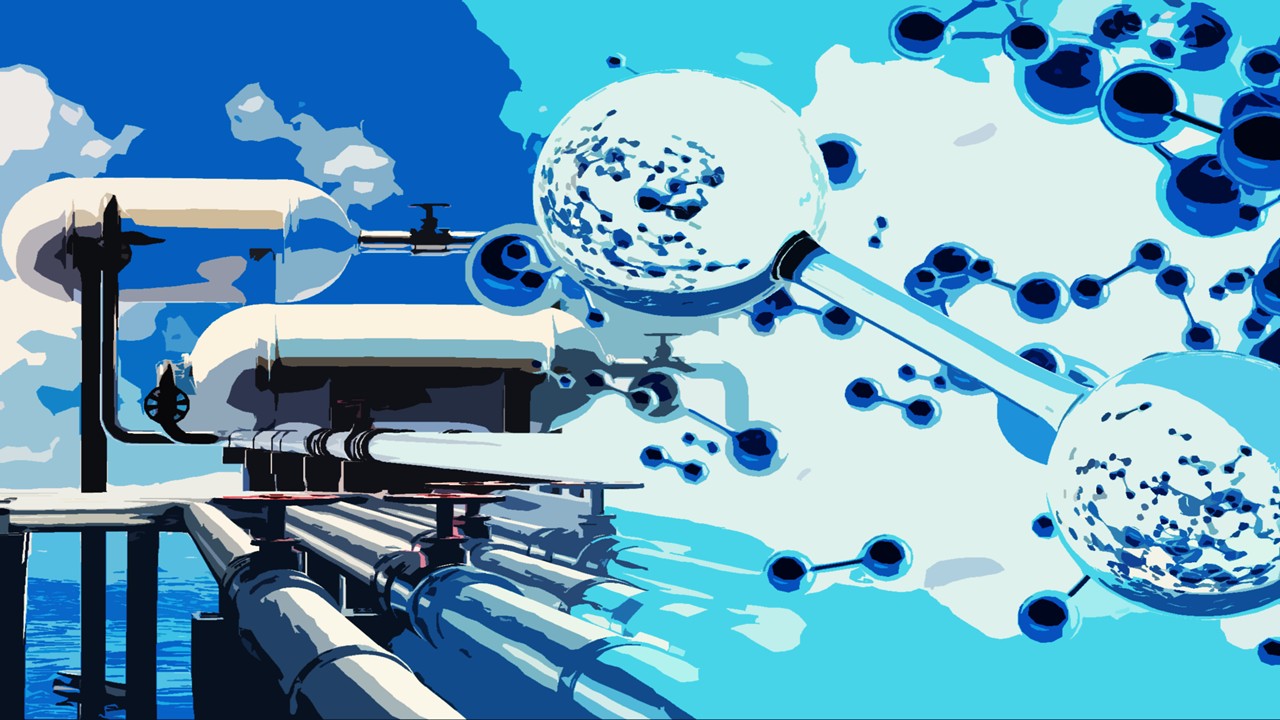
Chemistry, Manufacturing & Controls
The Hydrogen Equation: Rewriting Chemical Manufacturing for a Cleaner Future
Clean hydrogen symbolizes more than low emissions—it represents a commitment to circularity, precision, and regenerative design.

Chemistry, Manufacturing & Controls
The Biomass Imperative: Nature’s Chemical Feedstock for a Post-Petroleum World
The transition from fossil to biomass feedstocks represents more than substitution—it’s a fundamental reimagining of chemical manufacturing’s first principles.
Read More Articles
Mini Organs, Major Breakthroughs: How Chemical Innovation and Organoids Are Transforming Drug Discovery
By merging chemical innovation with liver organoids and microfluidics, researchers are transforming drug discovery into a biologically precise, patient-informed, and toxicity-aware process.
Tetravalent Vaccines: The Power of Multivalent E Dimers on Liposomes to Eliminate Immune Interference in Dengue
For the first time, a dengue vaccine candidate has demonstrated the elusive trifecta of broad coverage, balanced immunity, and minimal enhancement risk,




